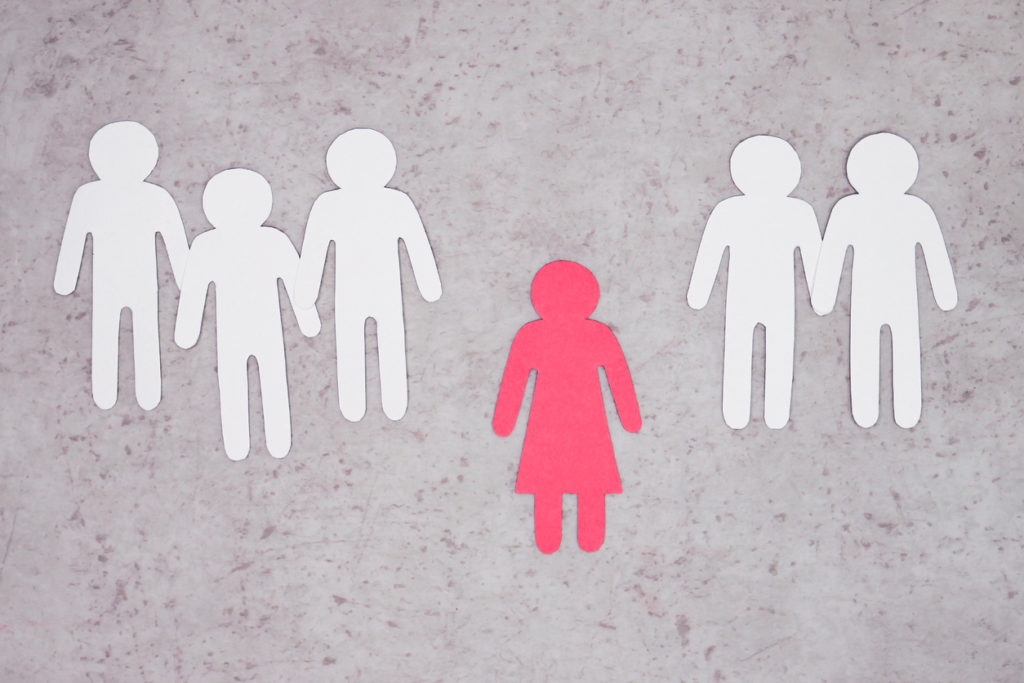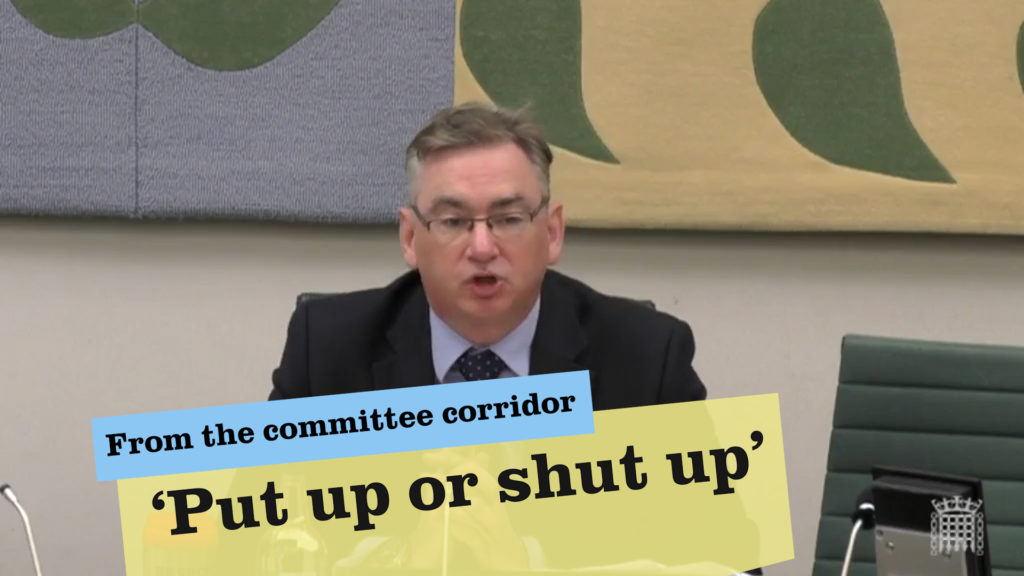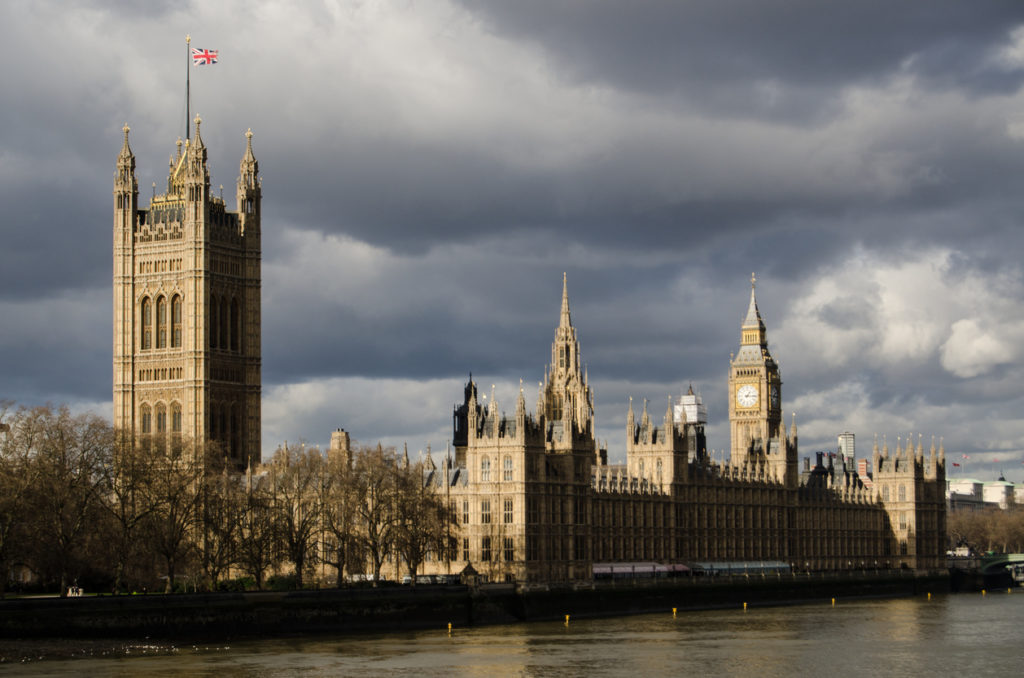What is race relations?
Race relations is the generic term used to designate and discuss those matters which relate to race and racial harmony. Sociologically, it refers to the study of social, political, and economic relations between races and ethnicities at all levels of society.
The phrase is often used to study, and group, forms of racial discrimination in the UK. Although the term has been criticised for its implied lack of focus on racial inequality.
It is considered race discrimination in the UK if an individual is treated unfairly because of their colour, nationality, ethnic origin, national origin
Travelling communities, or ‘Gypsies’, are also protected against discrimination on the basis of their ethnicity.



The Black Lives Matter has moved the issue of racial inequality up the political agenda.
Legal Framework
The 1965 Race Relations Act was the first piece of legislation in the UK to address racial discrimination. The Act outlawed discrimination on the ‘grounds of colour, race, or ethnic or national origins’ in public places in Great Britain.
The Race Relations Act 1968 made it illegal to refuse housing, employment, or public services to a person on the grounds of colour, race, ethnic or national origins in Britain. The Act also created the Community Relations Commission to promote ‘harmonious community relations’.
The Race Relations Act 1976 expanded the scope of past legislation to make racial discrimination illegal in the provision of goods and services, education and public functions.
The Race Relations (Amendment) Act 2000 modified the Race Relations Act 1976 to outlaw racial discrimination in all aspects of British society. This included the introduction of a broader definition of ‘public authorities’ to cover public functions performed by private organisations.
All previous acts covering racial discrimination were superseded and consolidated in the Equality Act 2010. It brought together more than 116 separate pieces of legislation into one single act – a new streamlined legal framework to protect the rights of individuals who are at risk of discrimination based on ‘protected characteristics’.
The debate around race relations and racial equality
There is extensive disagreement over the existence, extent and institutionalisation of racial discrimination in Britain.
In 2020, in the light of the death of African American, George Floyd, in the United States, there were fresh protests about racial injustice across the UK. Prime Minister Boris Johnson set up the Commission on Race and Ethnic Disparities to examine inequality in the UK.
Published on March 31st 2021, the 258-page report concluded that ‘we no longer see a Britain … deliberately rigged against ethnic minorities. The impediments and disparities that do exist, they are varied, and ironically very few of them are directly to do with racism’. It said racism is too often used as a ‘catch-all explanation’ for disparities and impediments for people from minority groups.
Campaigners quickly rebutted the report’s arguments and Labour MP David Lammy accused the report of ‘gaslighting’, calling it an ‘insult to anybody and everybody across this country who experiences institutional racism’.
Hate crime laws have also been a source of controversy. There are two different issues addressed by hate crime laws. Firstly, there are existing physical crimes which are motivated by hatred of an individual’s ‘protected characteristics’ (such as their religion). But there are also ‘stirring up hatred’ offences which refer to ‘hate speech’. Although most cases deal with the former, it is the latter of these that causes the most controversy among critics. Some argue that the provisions go too far and overly infringe freedom of speech, but others think they do not go far enough in protecting ethnic minorities.
History of race relations in the UK
Pre-1918
There has been a black presence in the UK from as early as the 15th century. The UK played a significant role in setting up, consolidating and expanding the slave trade. And when slavery was eventually abolished in 1833, Britain’s 46,000 slave-owning citizens received payouts to cover their financial losses. As a country, Britain was also a key player in colonisation.
1919 – 1948
Following the end of the First World War, racial tensions in some of the UK’s major cities were high. Caribbean soldiers had fought and worked during the war for lower pay than their white comrades. Many Caribbean war veterans wanted to reside in the ‘motherland’ and those who did were often scape-goated for the lack of jobs and housing.
On the night of June 5, 1919, riots broke out across Liverpool between Black and Scandinavian sailors, leading police to raid the streets where the city’s ethnic minority community resided. Charles Wotten, a 24-year-old Bermudan who had served during WW1, was chased into the River Mersey, where he was pelted with stones until he drowned. Police did nothing to stop the attack. At their peak, the rioting crowd swelled to almost 10,000 people. A number of minority-owned businesses and homes were destroyed by white rioters.
In the aftermath of the Second World War
On the morning of 22 June, 1948,the cruise ship Empire Windrush arrived at Tilbury Docks marking the beginning of mass immigration to Britain. In the post-war period, Britain was in need of rebuilding and there was a shortage of labour.
The ‘Windrush generation’ were able to fill many of the the gaps in Britain’s workforce. Almost half-a-million people moved from the Caribbean to the UK between 1948 and 1973.
The arrival of Caribbean immigrants was met with unease by some Britons. There was an increase in racial violence which culminated in the 1958 Notting Hill riots.
In 1962, the Conservative government passed the Commonwealth Immigrants Act which restricted the immigration rights Commonwealth citizens had been granted in the 1948 British Nationality Act.
At the 1964 General Election, the Conservative candidate Peter Griffiths used the campaign slogan ‘If you want a n*gger for a neighbour, vote Labour’ during his campaign in the constituency of Smethwick in the West Midlands. Although the Conservative Party lost the election at a national level, Griffiths won his seat in a result which went against the national trend, unseating the then-shadow Foreign Secretary Patrick Gordon Walker. Griffiths did though become something of a pariah at Westminster.
In 1968, at the time when the government was passing further equal rights legislation, Enoch Powell delivered his infamous ‘Rivers of Blood’ speech. While Powell was sacked as shadow Defence Secretary as a result, he received 100,000 letters of backing and London dockers marched to express their support.
The white supremacist political party, the National Front, gained momentum in the late 1960s, winning a small number of council seats.
In 1981, a series of riots took place across the UK – in Brixton (London), Handsworth (Birmingham), Chapeltown (Leeds) and Toxteth (Liverpool). Nearly 400 people were injured and buildings and vehicles were set alight during the three days of rioting in Brixton.
In 1987, four non-white MPs Diane Abbott, Paul Boateng, Bernie Grant and Keith Vaz, were elected to parliament. Diane Abbott was the first Black female MP in British history. In 1992, they were joined by the Conservative, Nirj Deva.
In 1993, the murder of black teenager, Stephen Lawrence, and the subsequent media storm exposed the schism between non-whites and the police across Britain. Eventually, a public inquiry was ordered, chaired by Sir William Macpherson. At the time, Macpherson suggested the Met police were ‘institutionally racist’.
Recent years
In 2017, the Windrush scandal came to public attention after it emerged that hundreds of Commonwealth citizens, had been threatened with deportation by the Home Office and in at least 83 cases, illegally deported from the UK. A Windrush compensation scheme was set up.
Following Boris Johnson becoming Prime Minister in 2019, two of the four great offices of State (the Home Office and the Treasury) have been consistently occupied by two non-white politicians – the first time this has happened in British history.
A 2019 EU survey, ‘Being black in the EU’, ranked the UK as the least racist in the 12 Western European countries surveyed.
In 2020, arguments around institutional racism in the UK came to the fore once again following the killing of George Floyd in America and the subsequent emergence of the Black Lives Matter movement.
On 7 June 2020, a statue of slave trader Edward Colston was toppled and pushed into Bristol harbour. In light of this event, the historian David Olusoga commented that ‘Statues are about saying “this was a great man who did great things”. That is not true, he [Colston] was a slave trader and a murderer’. Home Secretary, Priti Patel, called the toppling ‘utterly disgraceful’, ‘completely unacceptable’, and ‘sheer vandalism’.
Statistics
According to the 2011 Census, the total population of England and Wales was 56.1 million, and 86.0% of the population was White. People from Asian ethnic groups made up the second largest percentage of the population (at 7.5%), followed by Black ethnic groups (at 3.3%), Mixed/Multiple ethnic groups (at 2.2%) and Other ethnic groups (at 1.0%).
Following the 2019 General Election, 65 MPs, exactly 10% of House of Commons, were from ethnic minority backgrounds.
Quotes
‘We no longer see a Britain … deliberately rigged against ethnic minorities. The impediments and disparities do exist, they are varied, and ironically very few of them are directly to do with racism’. – The report of the Commission on Race and Ethnic Disparities, 2021
‘I remember the 1970s, and the horror of the National Front. I truly believe that we are a much, much less racist society than we were, in many ways far happier and better. But we must also frankly acknowledge that there is so much more to do – in eradicating prejudice, and creating opportunity, and the government I lead is committed to that effort’ – Boris Johnson, 2021
‘Time and again events and phenomena that we think we know and understand contain within them lost or camouflaged connections to Africa, slavery and black history’ – David Olusoga, Black and British: A Forgotten History, 2016






















